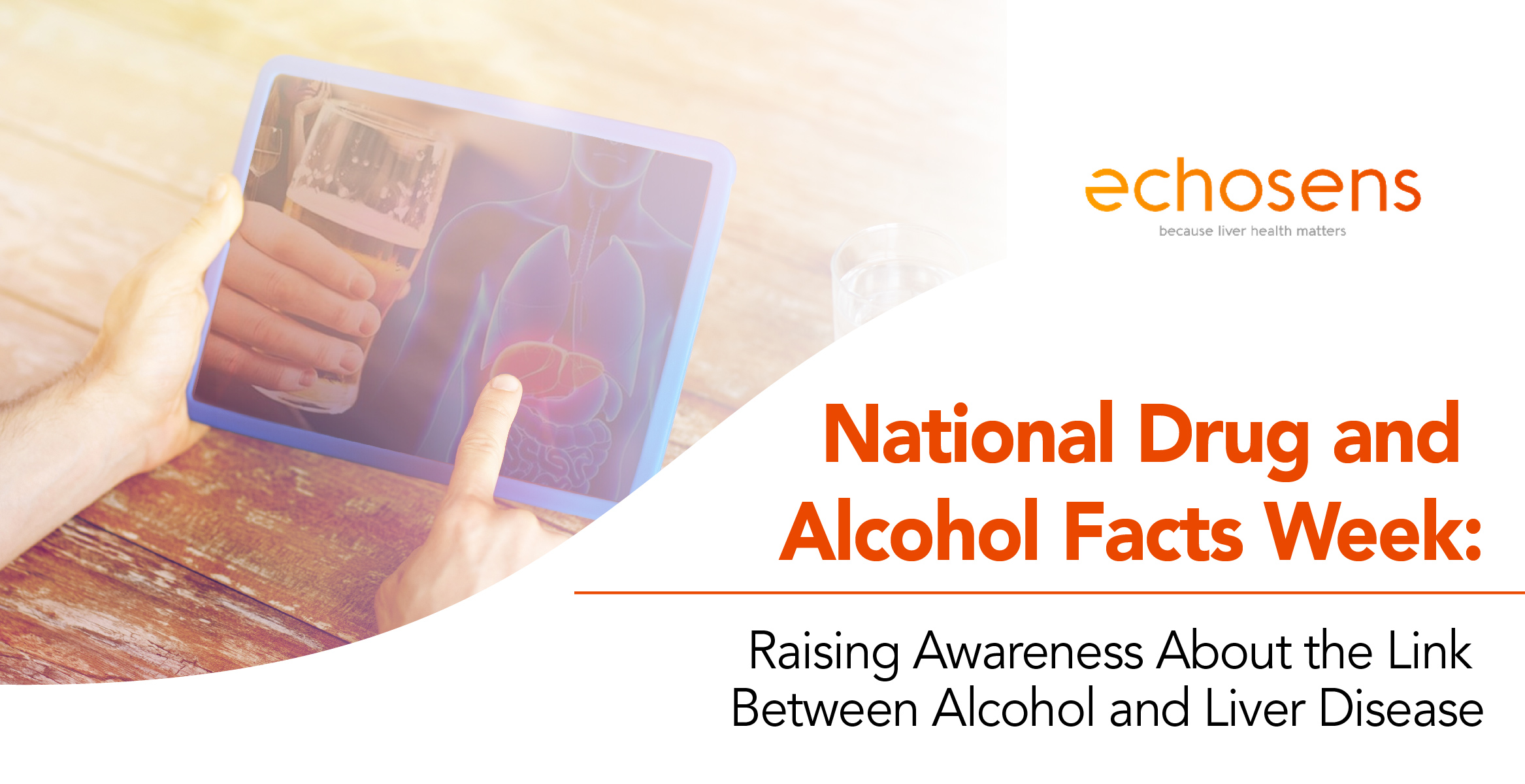Alcohol misuse contributes to the rise in fatty liver diseases (FLD), including alcoholic liver disease (ALD) and nonalcoholic fatty liver disease (NAFLD), which is related to a build-up of extra fat in liver cells caused by lifestyle and dietary choices not related to alcohol. Together, NAFLD and ALD are among the most frequent causes1 of chronic liver disease2 in the United States and represent the leading indications for liver transplant.
ALD leads to the buildup of fats in the liver, liver inflammation and cirrhosis, in which healthy liver tissue is replaced with permanent scar tissue. Typically, patients are asymptomatic, making early detection of liver disease vitally important for overall health.
Knowing When to Stop
Excessive drinking3 is defined as more than one drink per day for women and more than one or two drinks per day for men. Alcohol misuse is associated with an increased risk not only for liver disease, but also irregular heart rhythms and heart failure, stomach ulcers, brain damage, stroke, cancer, sleep difficulty, osteoporosis, malnutrition, high blood pressure, dementia, difficulty concentrating, depression, weight gain and anxiety. In pregnant women who drink alcohol, there is also a danger that the baby will develop physical and psychological problems.
Relatively mild damage can happen after a single binge drinking episode, but this reverses itself if the heavy alcohol use stops. If heavy drinking continues, however, liver damage can progress to several more advanced stages—and may lead to the need for a liver transplant.
Early Screening Saves Lives
Studies show that FibroScan®, a non-invasive technology that quickly provides a quantitative assessment of liver stiffness and liver fat at the point of care, is effective for assessing liver fibrosis in alcoholic patients4 and that instant screening of liver fibrosis in heavy drinkers is feasible without liver biopsy. FibroScan® makes it possible to quickly and non-invasively combat liver disease when caught early.
During National Drug and Alcohol Facts Week, people of all ages should take the time to consider their drinking habits and encourage friends and family to discuss the risks of alcohol abuse with teens. Together we can educate more Americans about how alcohol misuse impacts individual liver health and overall health and well-being.
Stay tuned for more information on the impact of alcohol on the liver during Alcohol Awareness Month in April.
References
1.”Liver Transplantation for Alcoholic and Nonalcoholic Fatty Liver Disease: Pretransplant Selection and Posttransplant Management”: https://www.sciencedirect.com/science/article/pii/S0016508516003036
2. Therapeutic opportunities for alcoholic steatohepatitis and nonalcoholic steatohepatitis: exploiting similarities and differences in pathogenesis, Thomas Greuter, … , Gregory J. Gores, Vijay H. Shah, JCI Insight. 2017;2(17):e95354. https://doi.org/10.1172/jci.insight.95354.
3. Are you drinking too much alcohol?, Havard Health Publishing, Harvard medical School, November 1, 2019
4. Nguyen-Khac E, Chatelain D, Tramier B, Decrombecque C, Robert B, Joly JP, Brevet M, Grignon P, Lion S, Le Page L, Dupas JL. Assessment of asymptomatic liver fibrosis in alcoholic patients using fibroscan: prospective comparison with seven non-invasive laboratory tests. Aliment Pharmacol Ther. 2008 Nov 15;28(10):1188-98. doi: 10.1111/j.1365-2036.2008.03831.x. Epub 2008 Aug 14. PMID: 18705692.
